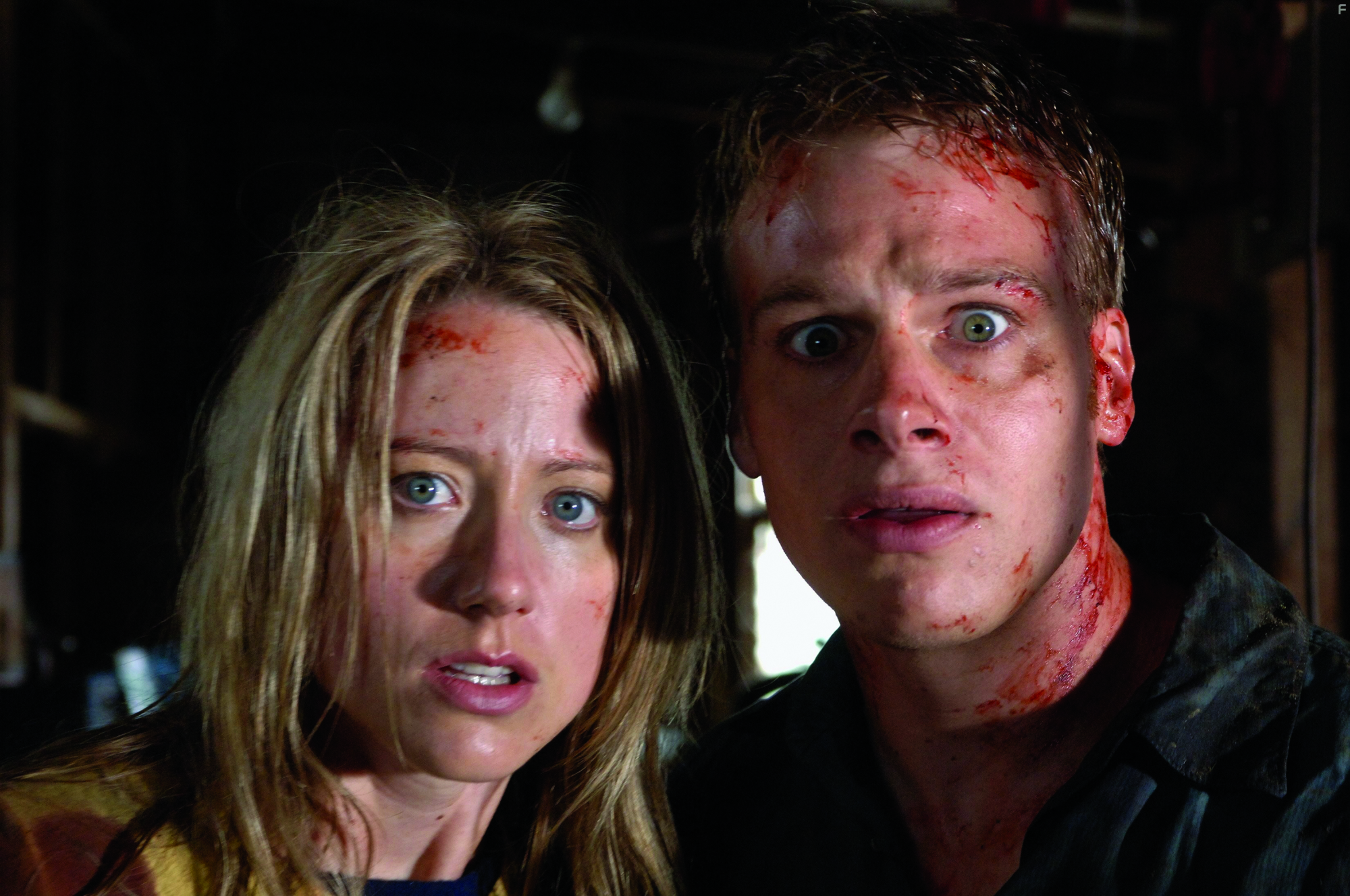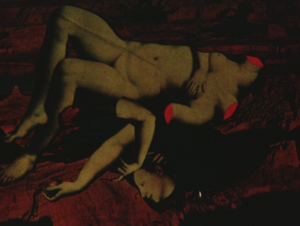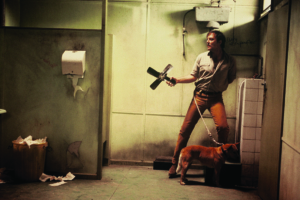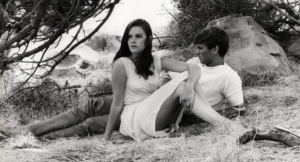The rolling hills, picturesque scenery and breathtaking topography of New Zealand have provided a majestic backdrop for many a cinematic triumph. From the representations of Middle Earth in Peter Jackson’s The Lord of the Rings trilogy (2001–2003) to Maori tradition and symbolism in Whale Rider (Niki Caro, 2002), the landscape is an important part of filmmaking in New Zealand cinema. The otherworldly beauty of these expansive spaces can evoke awe in viewers – so much so that these natural settings often come across as characters in their own right.
Yet this very landscape, in all its raw and rugged beauty, plays a starkly different role in the New Zealand Film Commission–funded films The Locals (Greg Page, 2003) and Black Sheep (Jonathan King, 2006). Both employ elements of schlocky, comedic horror while telling quite different stories; what binds them together, otherwise, is the way in which the aspects of the New Zealand terrain that are presented as alluring in other films are used to devastating and morbid effect in their narratives. Whereas the land is inspiring and almost magical in other stories, in these horror films, it becomes a claustrophobic, isolating, menacing force that mirrors the human (or not-so-human) horror playing out on the foothills.
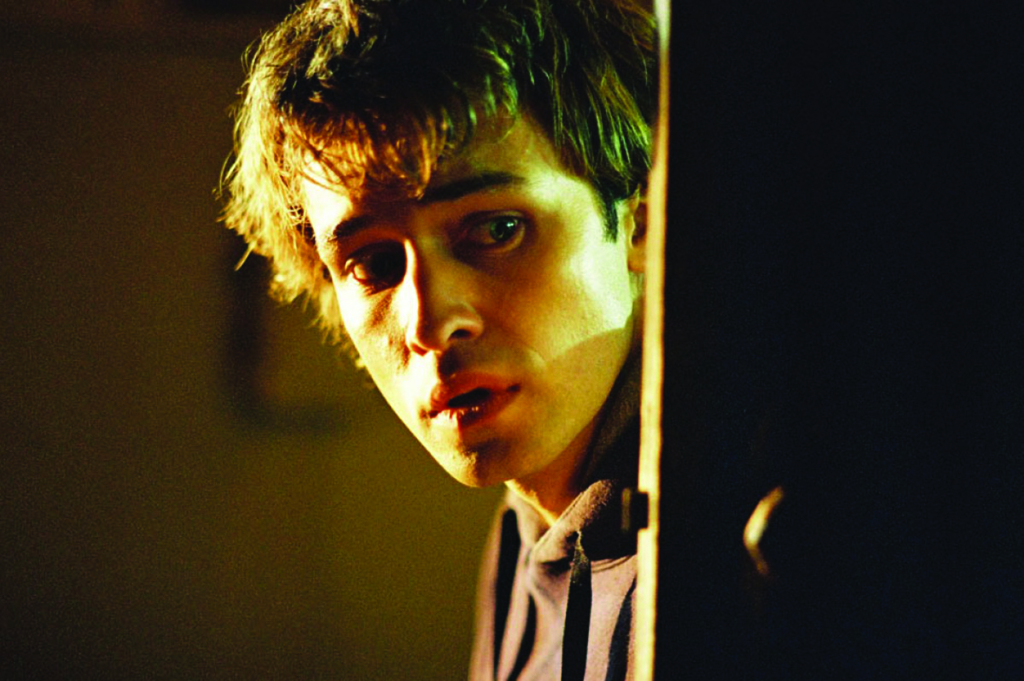
The Locals
The Locals follows the misadventures of two friends heading to the surf who are caught up in a centuries-long struggle between the spirits of those who perished on the land. For hundreds of years, the spirits have been trapped in a nightly retelling of how they met their gruesome fates, held prisoner by the ghost of a murderous settlement-era farmer.
The boundaries of the property are protected by mountainous cliffs, endless fences, winding creeks and deserted paddocks. The land is beautiful but deadly. The darkness that allows the ghosts to roam also entraps them – as well as the viewer – in a darkened realm that is both wide open and closed in at the same time.
The duality between beauty and death seen in The Locals exists in Black Sheep’s landscape as well … there’s just something about action taking place far from city life that gives city-dwellers
Compared to those seen some years later in Black Sheep, the schlocky aspects of this film are subdued. There is a sense of slapstick and the comedic, particularly in the representations of the male leads, who come off as affable yet ultimately hapless. The sweeping orchestral score that underpins the storyline is poignant – it could even be described as contrapuntal – when juxtaposed with the action on screen, as it seems to echo between the peaks and cliffs that dot the landscape. In this film, the use of space, traversed by characters who flee helplessly from point to point, is also dramatically enhanced by the sense of wide-ranging mystery and threat, portrayed in both soundtrack and setting. The fences, boundaries and gates effectively trap the leads as though they are rats in a maze. They are both caught and free at the same time, as hemmed in by the isolated landscape as they are by the boundaries established by the demonic antagonist.
The Locals relies on some obvious archetypes to expedite its plot. This is somewhat reflective of the genre and target audience: it was marketed as a teen horror film and, as such, employs genre shorthand to build its characters. There are surfer dudes, 1980s party girls, 1970s metalheads, grungy dropouts and freaky, –style farmers, whose paths intertwine over the course of the film. As a film designed for a younger audience, The Locals features a variety of attractive faces, a little romance, and enough points of tension to keep the pressure on and keep eyes on the screen. The larrikinism of the two male leads, Grant (Johnny Barker) and Paul (Dwayne Cameron), along with their good-hearted sense of responsibility and morality, allows the audience to quickly understand who is ‘good’ and who is ‘bad’ – even if it takes a while to realise who is alive and who isn’t.
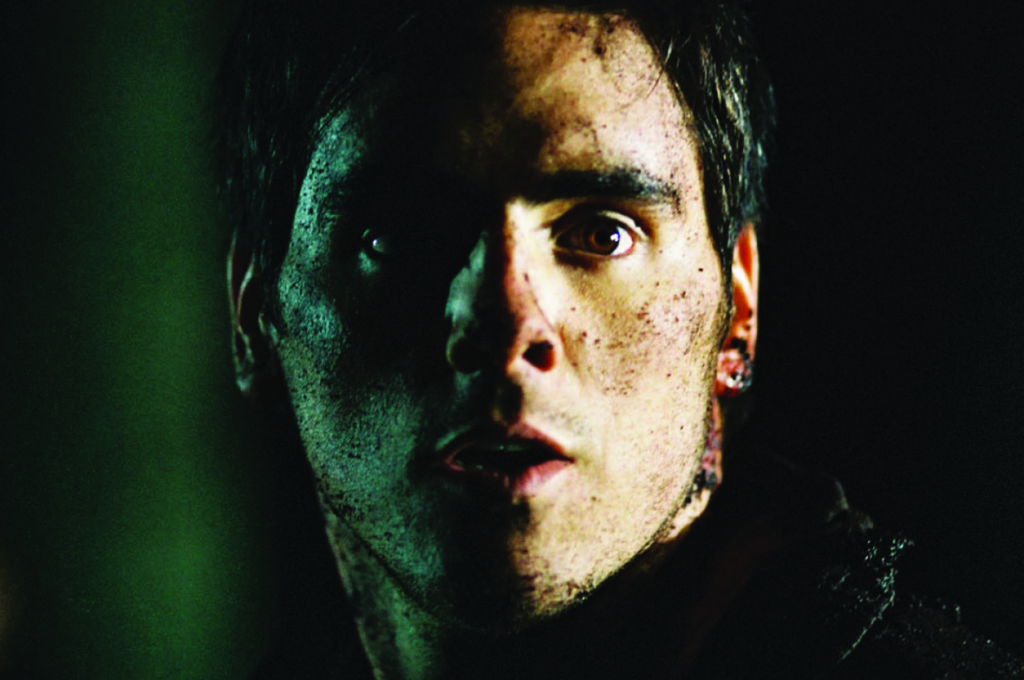
But this reliance on archetypal depictions leads to some simplistic characterisation. When Paul attempts to protect two female characters, Kelly (Kate Elliott) and Lisa (Aidee Walker), from men with ill intentions, he is knocked to the ground, only to be rescued by the same ‘helpless’ women he was trying to safeguard. This is no doubt a moment of humour for an undiscerning audience, but it also raises questions about the paternalistic attitudes inherent in this supposedly ‘decent’ treatment of women. Couldn’t the female characters just kick their attackers in the crotch and work together in the first place? Nevertheless, the characters are, for the most part, imbued with enough shading around the edges for their roles in the plot to remain compelling.
When it becomes clear that the only way to lift the constraints imposed on the undead is to remove their bodies from the land, the audience becomes witness to a veritable horde of them watching with empty eyes but standing firm on their territory. The themes of ownership and the dangers that come from tampering with nature and tradition rest underneath the (at times) somewhat-silly horror narrative of The Locals. There is a sense that the timeless land being trespassed on has always been here – and always will be – despite the battles that may occur on its surface.
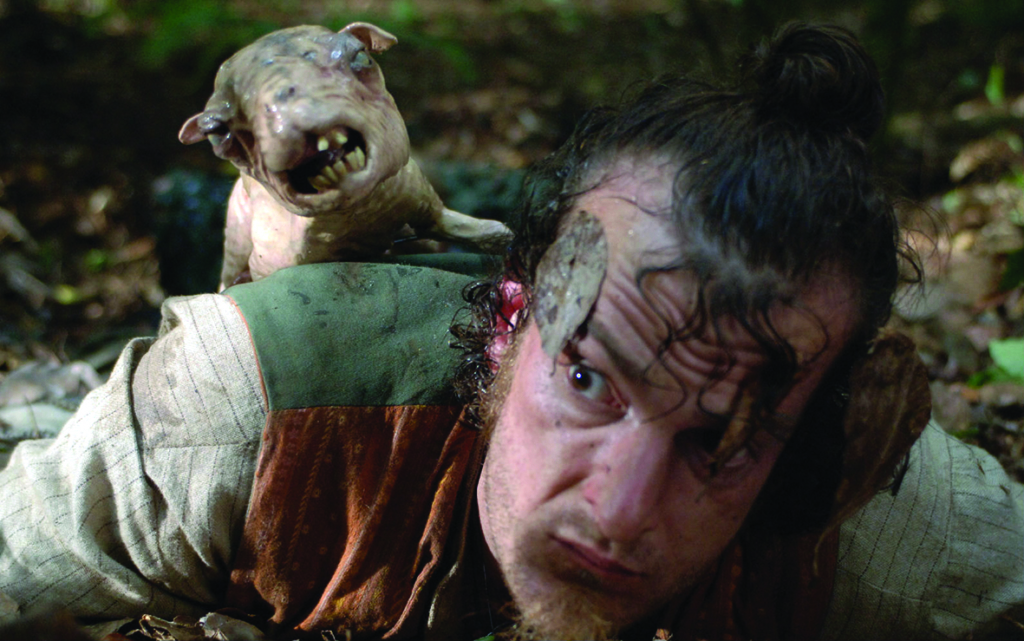
Black Sheep
Black Sheep saw New Zealand filmmaking receive considerable attention on the world stage. This camp, silly horror film pulled in just under US$5 million worldwide[1]‘Black Sheep (2007)’, Box Office Mojo, <http://www.boxofficemojo.com/movies/?id=blacksheep07.htm>, accessed 28 May 2018. – no small feat for a film about genetically mutated zombie sheep!
Henry and Angus Oldfield (Nick Fenton and Eli Kent as children / Nathan Meister and Peter Feeney as adults) have grown up on a historic sheep farm whose features are strongly reminiscent of the rolling hills, endless paddocks, and pristine greens and blues of The Locals. Their father, Oliver (Matthew Chamberlain), meets a tragic fate early in the film when he tumbles off a cliff and smashes against the rocks of the beach below – alluding to the danger that underpins the beauty of the terrain. The duality between beauty and death seen in The Locals exists in Black Sheep’s landscape as well, powerfully evoking a sense of isolation and fear. Indeed, it’s the same ‘middle of nowhere’ idea that pulled audiences to Australian director Greg McLean’s Wolf Creek (2005) and Rogue (2007) – there’s just something about action taking place far from city life that gives city-dwellers the willies.
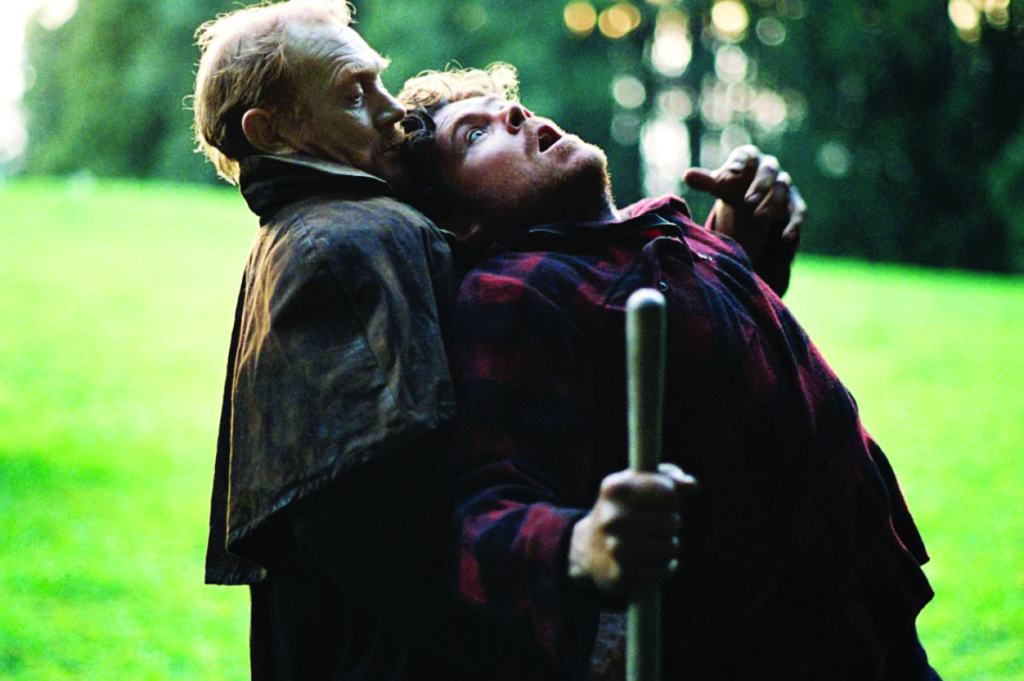
Black Sheep takes advantage of this discomfiting idea. Littered throughout the film are nods that eventually become headbangs to the old joke about New Zealanders and their peculiar affinities for sheep. Talk of tradition, love of the land and kinship transform into depraved jabs about bestiality, accompanied by gory special effects that are somewhat reminiscent of the low-budget cult-horror films of American production company Troma Entertainment. Jackson’s first film, Bad Taste (1987), may possibly have also provided some inspiration for the way these characters twist, turn, mutate and flail. In fact, Black Sheep can be read as something of a homage to the famed New Zealand director, in light of his eventual rise to the global spotlight through films depicting the same rolling hills and comedic, over-the-top violence.
As per The Locals, Black Sheep relies on archetypes in order to quickly move its narrative to the ‘good stuff’, rather than spending time developing its characters. One such character, the vegetarian, animal-loving ‘hippie’ Experience (Danielle Mason), serves as the film’s ‘conscience’ by protesting the genetic engineering taking place at Oldfield Farm. In an especially cringe-worthy scene, she even pontificates to a farmworker of Maori descent that he should be bothered by the impacts of colonialism – an example of whitesplaining that would make today’s audiences gasp. At its heart, though, Black Sheep is a story about environmentalism, critiquing the cynicism at the heart of big business and its destructive means of production. Part of the film’s horror emanates from the reality that the beating heart of the city only survives because of its lifeblood, the farms in these rural areas, no matter how remote and alienating they may be.
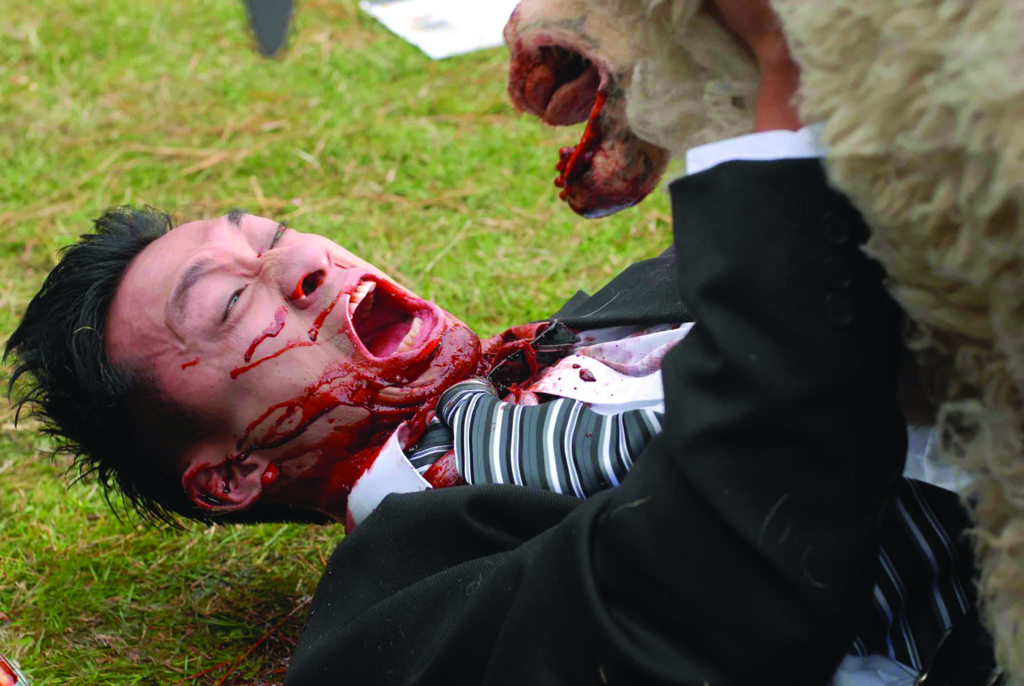
There’s something in the hills
There are a number of elements that link The Locals and Black Sheep together. Production location and genre aside, they’re both narratives that explore the idea of isolation, the divide between urban and rural, and traditions to do with using and living on the land. These two 2000s films also present New Zealand’s landscape as one of not just breathtaking beauty, but also nuance and danger. Both films manage to conjure claustrophobia in wide open spaces – evoking a filmic agoraphobia whereby the threat is not necessarily the evil of other people, but the evil that rests within the hills, the ground and the livestock. They also really make you want to ensure that paddock gates are firmly closed the next time you drive in the country.
Endnotes
| 1 | ‘Black Sheep (2007)’, Box Office Mojo, <http://www.boxofficemojo.com/movies/?id=blacksheep07.htm>, accessed 28 May 2018. |
|---|
